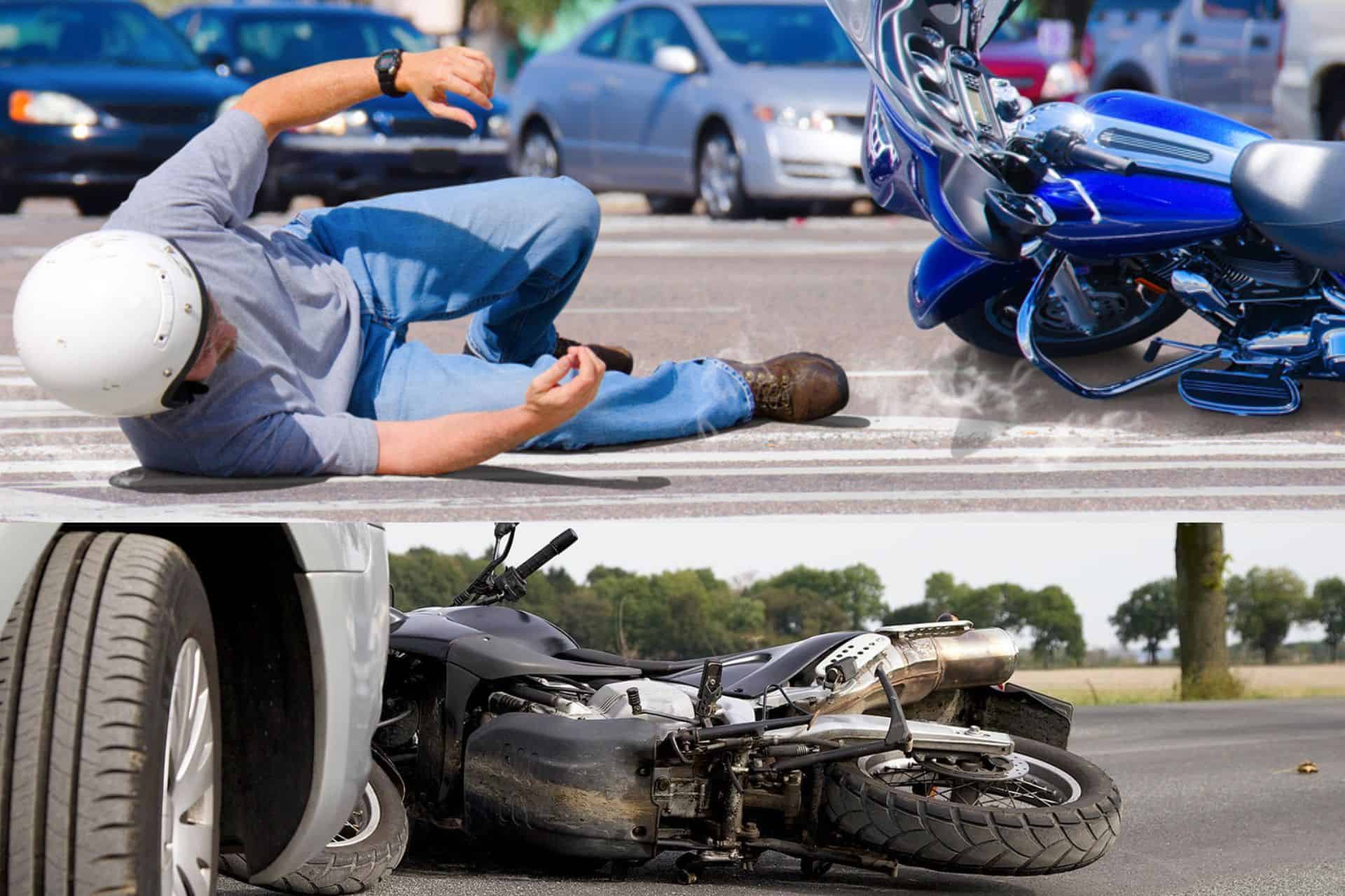In the US, motorcyclists are 28 times more likely to become victims of a fatal traffic crash than those driving a car. This statistic is concerning, as it reveals how easily an accident could occur on the road. Many motorcycle collisions happen due to misunderstanding the rider’s rights and laws – often through no fault of the motorcyclist. In case an unfortunate event occurs, the victims can sue for motorcycle accidents with the help of an experienced motorcycle accident attorney. Also, riders should know their rights and the laws regarding motorcycle crashes so they can stay safe while on the road and know what steps to take if something happens.
Here are the six road laws that you should know:
Motorcycle Helmet Use Laws
Across the United States, helmet laws vary from state to state. Certain states require helmets under certain conditions or for specific age groups, while others do not need them at all. For those states that do require a helmet, it must be D.O.T. certified – – meaning it has met rigorous standards of impact resistance, penetration, and retention set by the NHTSA in 2013. Before purchasing a helmet, ensure it contains the manufacturer name, model type, FMVSS218 text, and D.O.T. stamp -all of which signify it is appropriately certified according to safety guidelines. Generally speaking, these mandates cover both motorcyclists and their passengers alike. Given these variations, it’s crucial to stay informed about current regulations in your state. That’s why it’s essential to Know your motorcycle helmet laws, as they may vary depending on your location and circumstances.
Motorcycle Eye Protection Laws
Eye protection laws vary across states but are generally easy to understand. Whatever you do, ensure you have appropriate eye protection for any ride. D.O.T.-approved visors on helmets, motorcycle glasses, or goggles are your best bet; regular sunglasses may not offer the necessary shatter resistance and should be left at home.
In three states, protective eyewear is a legal requirement for riders under the age of 18 (Indiana), 21 (South Carolina), and for instructional permit holders (Massachusetts). Alternatively, having a windscreen can help reduce fatigue from battling against oncoming winds and protect you from road debris. To meet safety requirements, the windscreen must generally be 15” above the handlebars.
Motorcycle Noise Restrictions Laws
Loud exhaust from vehicles can be a source of annoyance for many communities. To protect their residents, most states have noise ordinances that require specific muffling regulations for cars. Only 12 states, including (Alabama, Alaska, Arkansas, Georgia, Iowa, Kansas, Kentucky, New Jersey, New Mexico, Texas, Vermont, and Wyoming) allow open exhaust without a muffler. Other states vary in their rules and regulations when it comes to muffling.
Passenger Age Restriction Laws
Accompanying a passenger on a ride can be a fun and safe experience. The vast majority of states and U.S. territories — 46 out of 51 — do not impose any restrictions on passengers joining the ride. Nonetheless, your passenger should follow ATGATT (all the gear, all the time) and have the same safety equipment level as the operator. The five remaining states — Hawaii, Louisiana, Mississippi, Oregon, and Texas — have regulations requiring that a passenger must be at least five years old to join you for a ride.
Daytime Use of Headlights Laws
As safety legislation continues to evolve, more and more states have enacted laws requiring daytime headlight use. Known as Daytime Running Lights (DRLs), they’re used during any part of the day when visibility is compromised, such as in shaded areas or poor lighting conditions. Not only are these headlights beneficial in aiding other drivers in spotting your vehicle, but they can also improve a motorcycle rider’s field of vision. Consequently, DRLs ultimately serve the purpose of safeguarding drivers and pedestrians alike.
Motorcycle Lane Splitting Laws
The legality of lane splitting varies significantly across state lines. California is the only state that allows any form of lane splitting, which some see as a blessing and others as a curse. When done correctly, it can help ease traffic in large cities; however, it can be highly hazardous to motorcyclists if not done with caution and alertness. A NYC motorcycle accident lawyer shares: “On the other hand, New York, like many other states, does not currently allow lane splitting. Motorcyclists in New York must operate within traditional traffic lanes, and any attempt to lane split may result in legal consequences.
Conclusion
In conclusion, every U.S. citizen should know these six laws to avoid motorcycle accidents. These include wearing a helmet, eye protection gear, noise restrictions laws, using headlight laws, and lane splitting laws. Following these laws can help keep you safe on the road.

